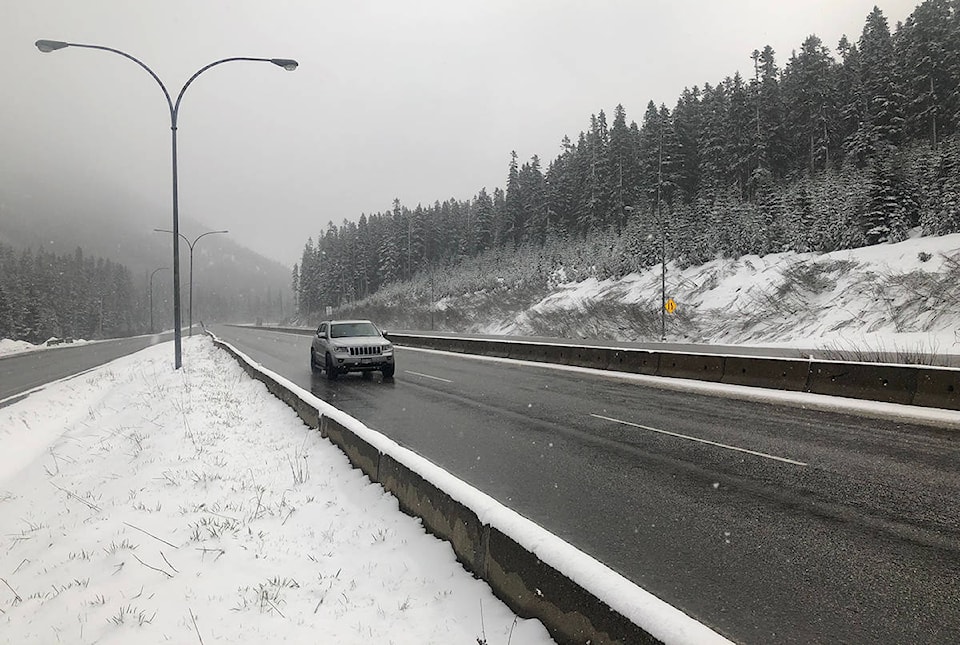Inflation hasn’t just pushed up the price of gas and food. It’s also increased the cost of a fatal collision on British Columbia’s roads to more than $8 million.
A government document reveals that, in 2018, the province updated the values it uses to create cost/benefit analyses, a task that includes the morbid task of literally putting a price on a life.
The figures are used to compare the benefits of projects. In the case of the dollar amounts set for crashes involving death, injury, or property damage, those figures can be used in tandem with the ministry’s “collision prediction model” to determine which projects would have the greatest safety benefits.
When the ministry put together a business case to widen Mt. Lehman Road, for example, they figured that the changes would reduce collisions by as much as 25 per cent. They then drew on values linked to fatalities and injuries to determine the project would provide $1.5 million worth of safety benefits over the course of 25 years. (Other cost-benefit values were used to determine that the project would create $26.7 million worth of “mobility benefits.”)
The ministry has revised the figures about every five years. When they did so in 2018, the cost of a fatal crash rose dramatically, from $6.4 million to $8 million (that cost factors in the fact that fatal crashes also often leave another person with serious injuries). The cost of a collision that results in an injury more than doubled, from $135,577 to $302,636. A crash that only results in property damage rose a little, from $11,367 to $13,518.
The province first set collision costs in 1992 by Ted Miller, an expert for the Urban Institute.
At the time, the value of a fatal crash was set at $3.9 million, and a collision involving an injury was set at $101,695. The cost of a crash in which no one was hurt was set at $5,974.
In 2003, the province developed a new scheme, using costs by the US National Safety Council. Those were used for a 2007 update.
In 2012, though, the province drew on work in Alberta by Paul DeLeur to develop a “made in Canada” model.
That report, a provincial document said in 2018, “looked extensively at the direct costs of crashes including other factors beyond simply the insurance claim cost and reviewed the literature on Statistical and Human Capital estimates for value of life and injury.”
The 2018 fatality figures were based on that 2012 work, and then revised to take inflation into account and new data on the number of victims in each crash.
Do you have something to add to this story, or something else we should report on? Email:
tolsen@abbynews.com
